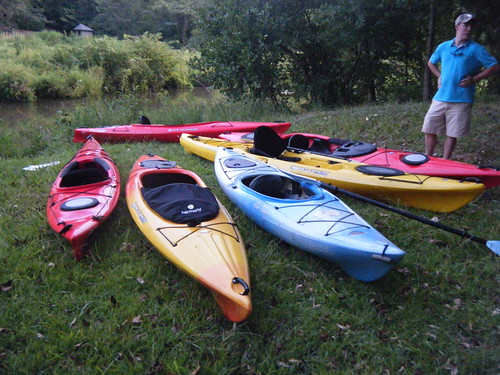“What do you think they’ll have?”
“I think you could guess just as easily as I could”
- fried chicken
- sliced ham
- green beans
- macaroni & cheese
- corn
- biscuits
- potato salad
- deviled eggs
- congealed salad – multiple varieties, but at least one green and one pink
- banana pudding
And, yes, my sister and I nailed it. The menu was exactly as predicted. And it was comforting and tasty – just as funeral food is meant to be.
But, backing up a bit…
Thursday evening I got a call from my father that my Uncle Raymond Johnson passed away after a prolonged illness. Uncle Raymond was 93, and was a quiet, peaceful man who lived his entire life in the town of Calhoun Falls. Uncle Raymond had married my father’s oldest sister, Mary, who had passed away several years ago. They had one son, Sherwin, who still lives in the area. The funeral was Saturday, so I picked up my sister, Glynda. then my parents for the drive down to Calhoun Falls.









